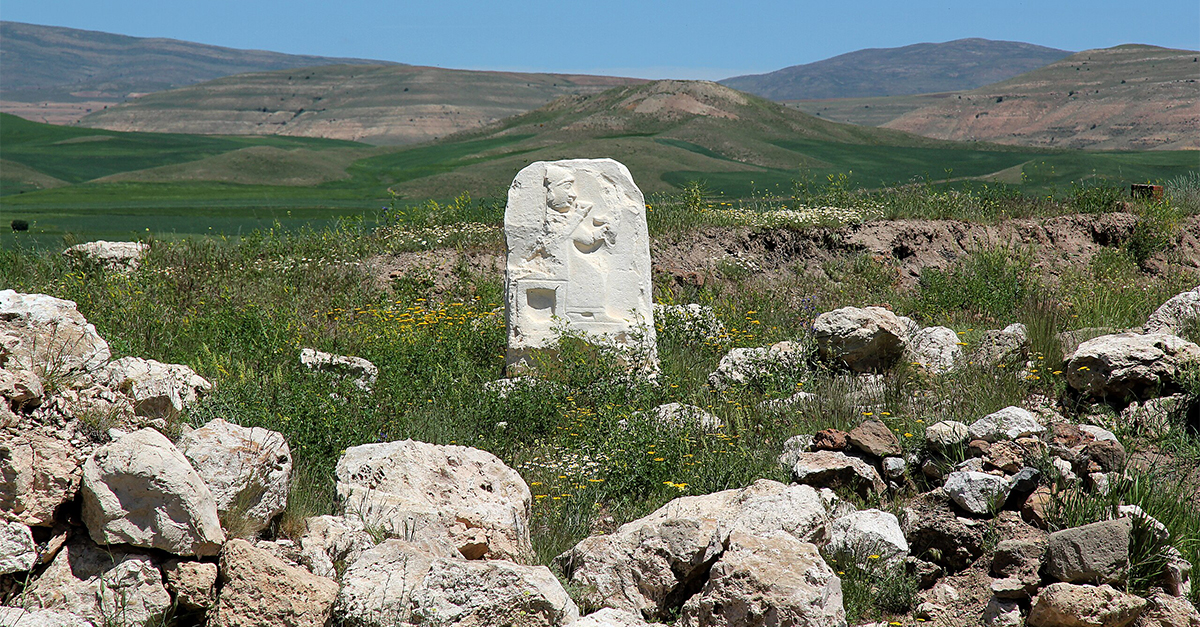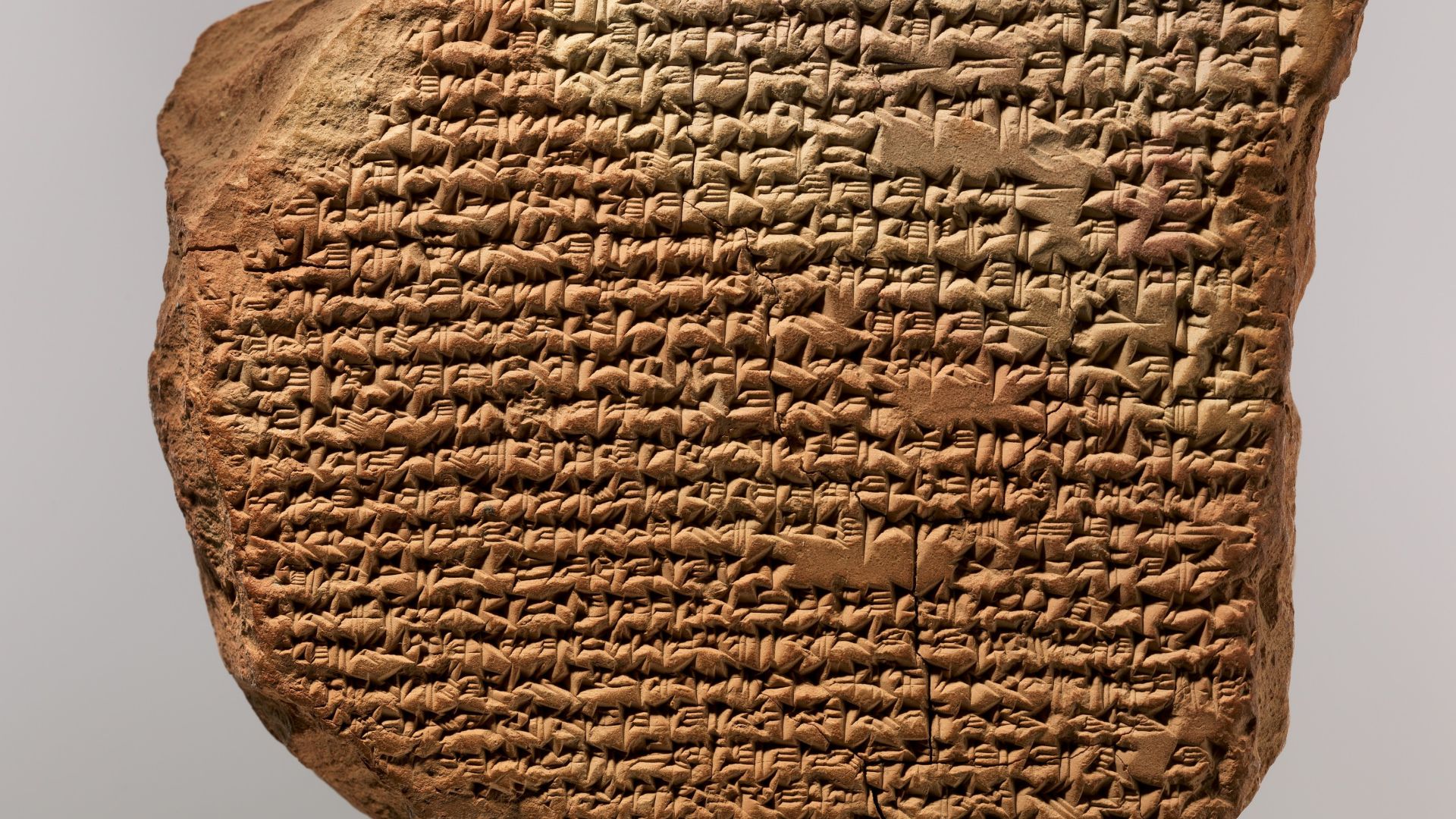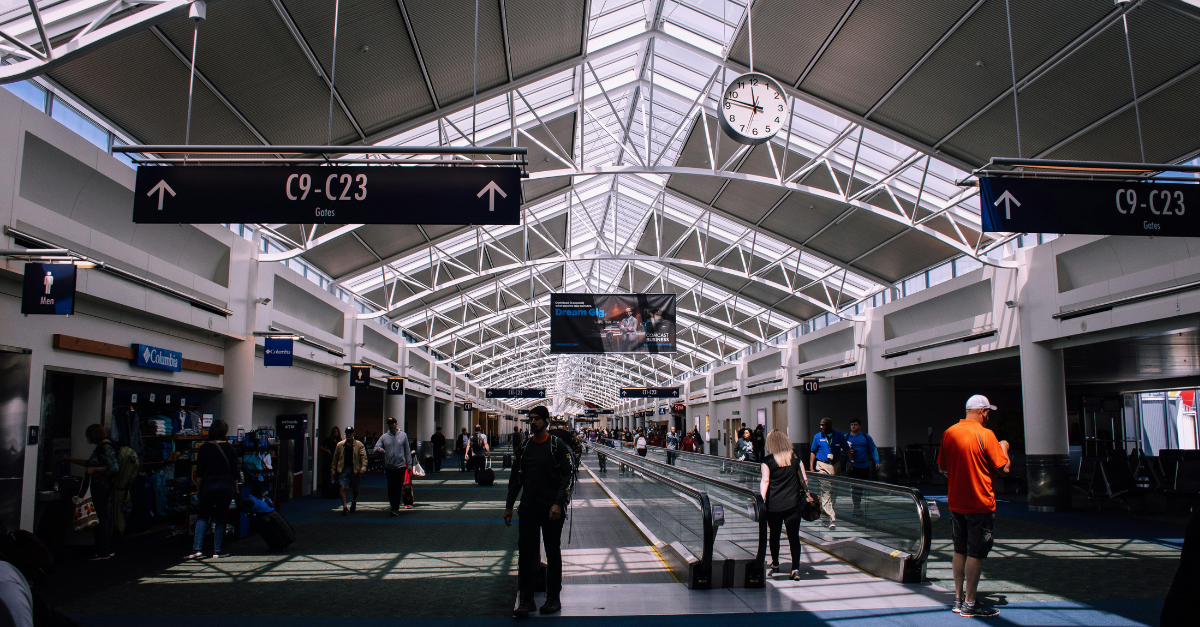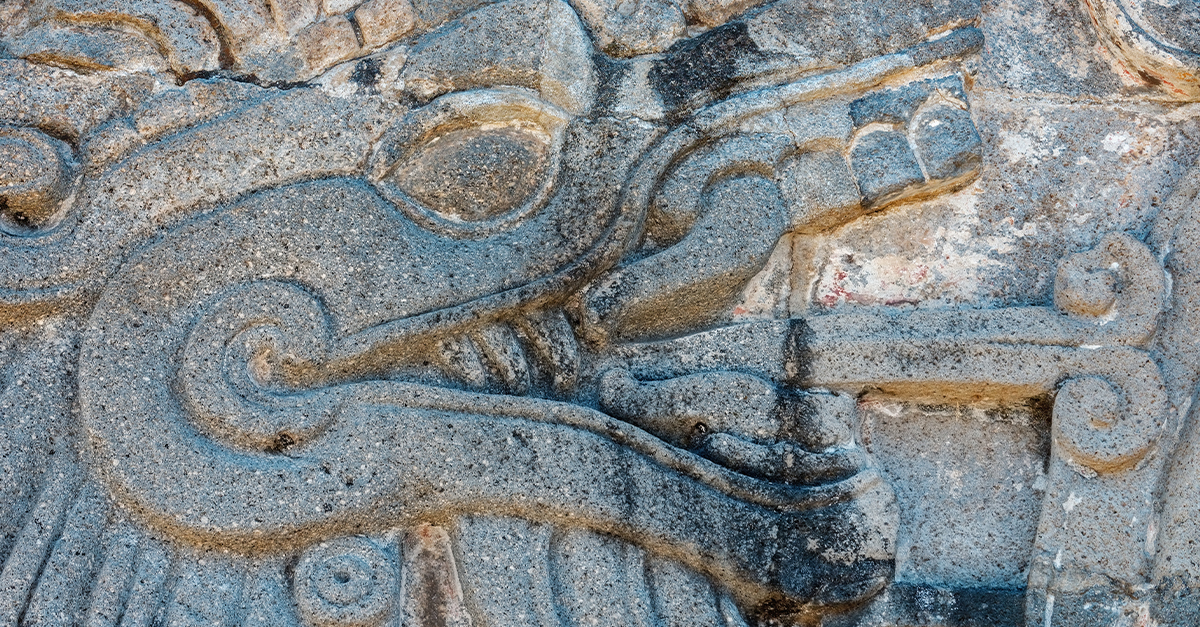Deep In The Heart of Hittite Anatolia
In September 2025, archaeologists at the Hittite site of Samuha (modern Kayalıpınar) in central Turkey announced the discovery of 56 cuneiform tablets and 22 seal impressions. This amazing find offers us an unparalleled glimpse into Bronze Age trade and ways of life.

Location: Kayalıpınar, Ancient Samuha
Kayalıpınar lies in Turkey’s Sivas Province and is identified as ancient Samuha, a key Hittite administrative and religious center. Its strategic location along major trade routes made it an important place for trade, diplomacy, and regional logistics.
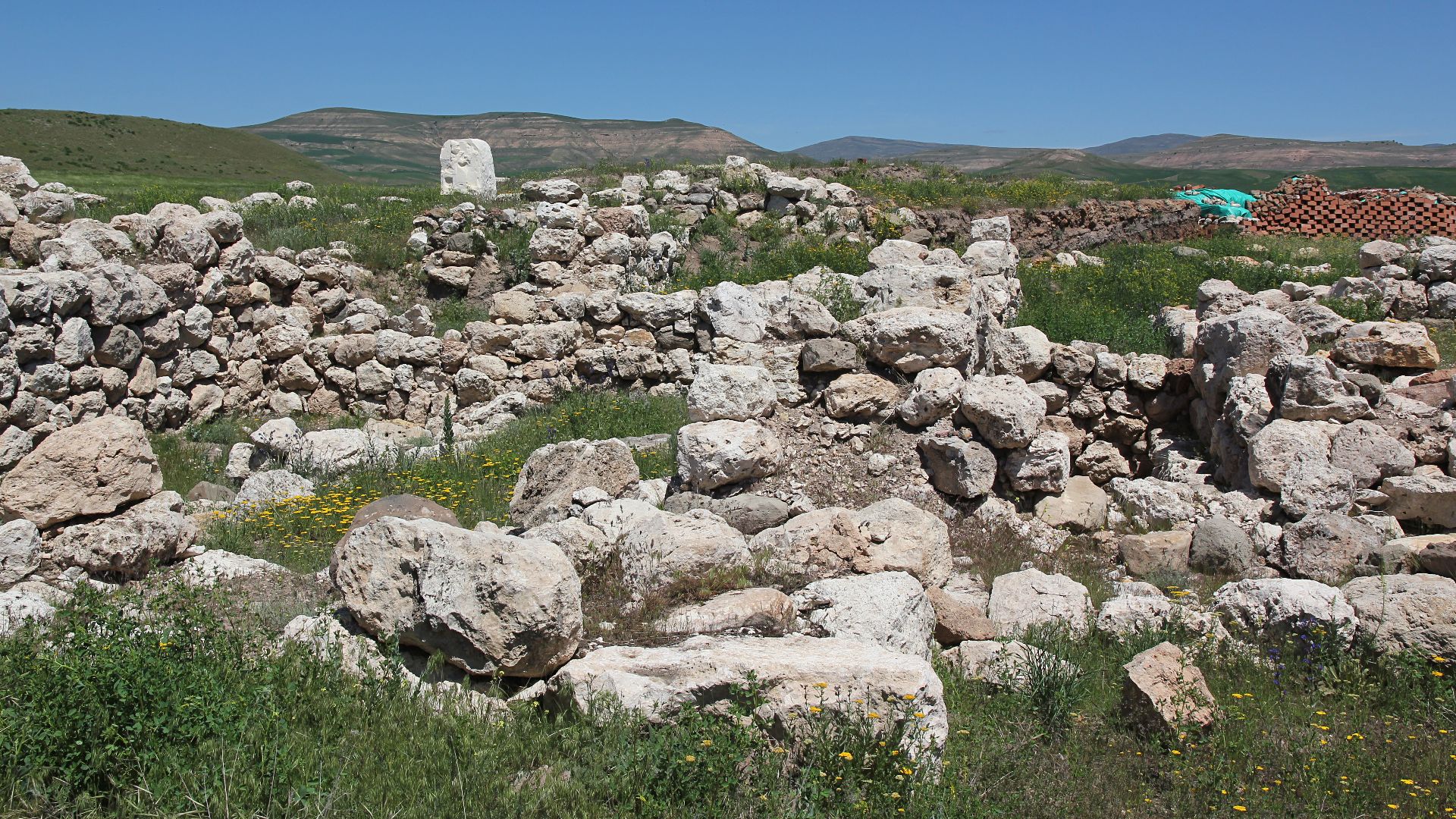 Ingeborg Simon, Wikimedia Commons
Ingeborg Simon, Wikimedia Commons
A Window Into Hittite Archival Practices
The tablets were uncovered inside what appears to be some sort of administrative building, suggesting the presence of an organized record‑keeping bureaucracy. The seal impressions support the interpretation of the building as an administrative center that handled trade, taxation, and regional governance.
What The Tablets Contain: Early Impressions
Initial analysis suggests that the tablets include economic accounts, inventories, and possibly religious or political texts. Each tablet gives scholars a great deal of insight into everyday activities within one of the Hittite Empire’s most active regional hubs.
Who Were The Hittites?
The Hittites were a civilization that held military supremacy over large swathes of Asia Minor and northern Syria from roughly 1650 to 1200 BC. They built an empire whose might rivaled Egypt and shaped diplomacy, trade, and warfare across the ancient Near East.
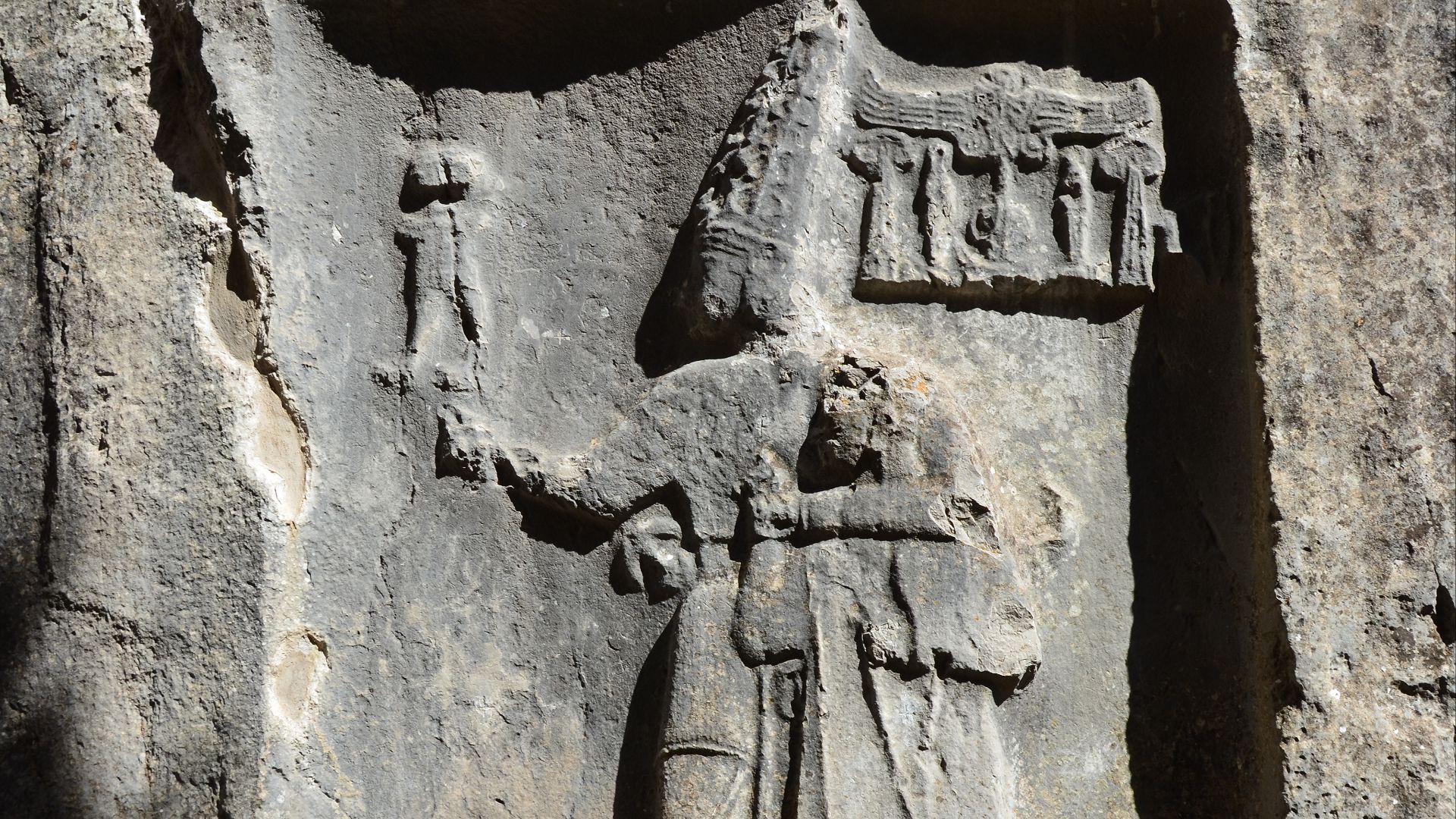 Carole Raddato from FRANKFURT, Germany, Wikimedia Commons
Carole Raddato from FRANKFURT, Germany, Wikimedia Commons
The Hittite Empire At Its Peak
At their height, the Hittites controlled territory that stretched from the Aegean Sea to the Euphrates River. Centers such as Hattusa and Samuha were important for coordinating military logistics, regional governance, and long-distance trade, making the centre a bulwark of strength for the Hittite state.
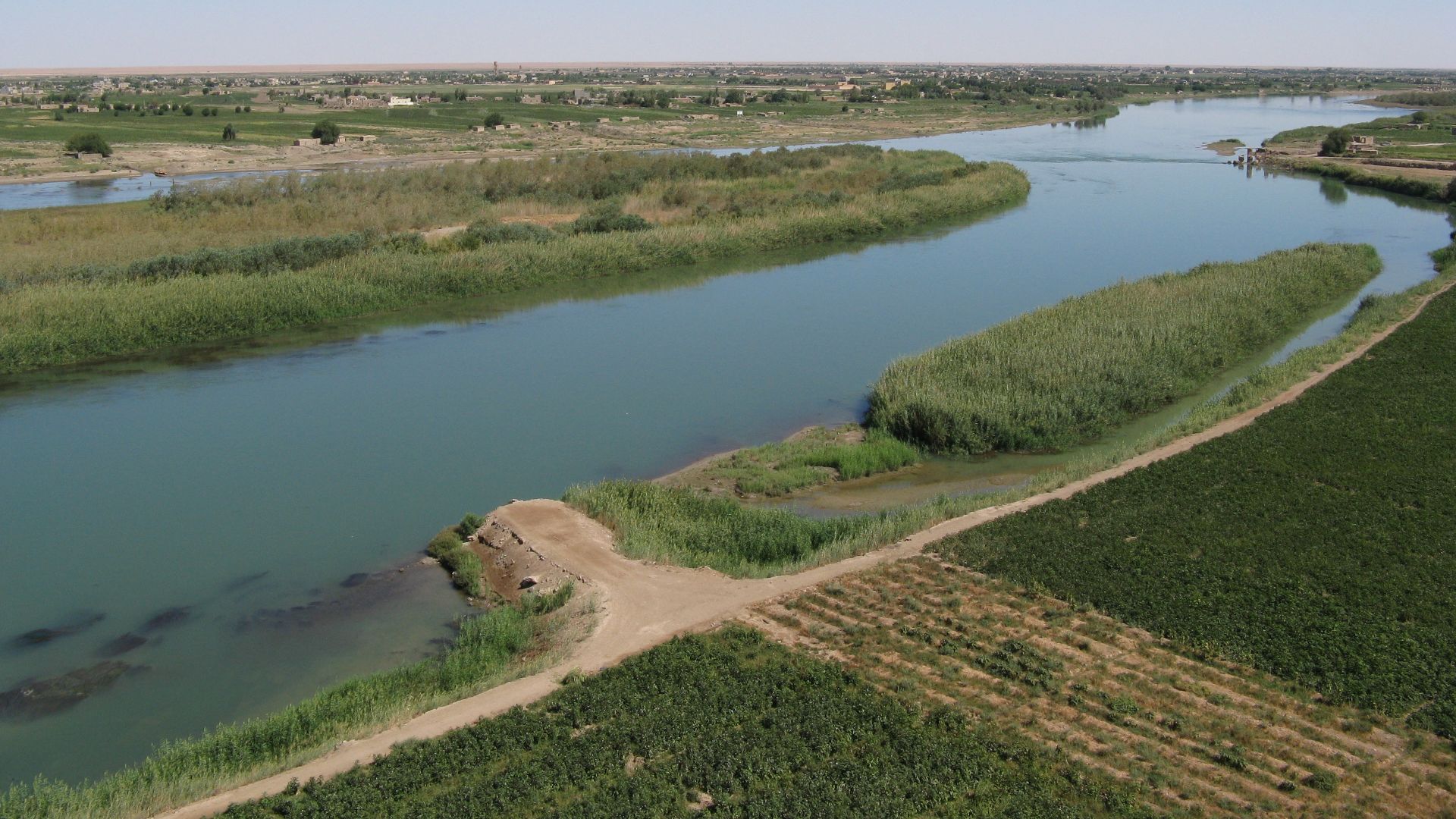 Alen Istokovic, Wikimedia Commons
Alen Istokovic, Wikimedia Commons
Cuneiform: One Of The World’s First Writing Systems
Cuneiform was first used in ancient Mesopotamia more than 5,000 years ago. Written by pressing wedge‑shaped marks into clay, it was the basic writing tool for numerous languages, including Sumerian, Akkadian, and Hittite, and served as a key tool for running everyday affairs.
 Bjorn Christian Torrissen, Wikimedia Commons
Bjorn Christian Torrissen, Wikimedia Commons
How The Hittites Used Cuneiform
The Hittites used cuneiform for royal decrees, economic accounts, treaties, religious texts, and keeping local administrative records. The newly unearthed tablets from Samuha deepen our collective understanding of how writing upheld bureaucratic and political stability across the empire.
 Unknown authorUnknown author, Wikimedia Commons
Unknown authorUnknown author, Wikimedia Commons
Seal Impressions: Signatures Of Authority
The 22 seal impressions found along with the cuneiform tablets functioned more as official signatures to authenticate documents. They may reveal the identities of specific administrators, scribes, and nobles who were responsible for overseeing Samuha’s economic and political activities.
Lead Archaeologist: Dr. Çiğdem Maner
The excavations at Kayalıpınar are led by archaeologist Çiğdem Maner, whose team uncovered and carefully conserved the tablets. Her research emphasizes Samuha’s importance within the Hittite administrative network and its role in imperial logistics.
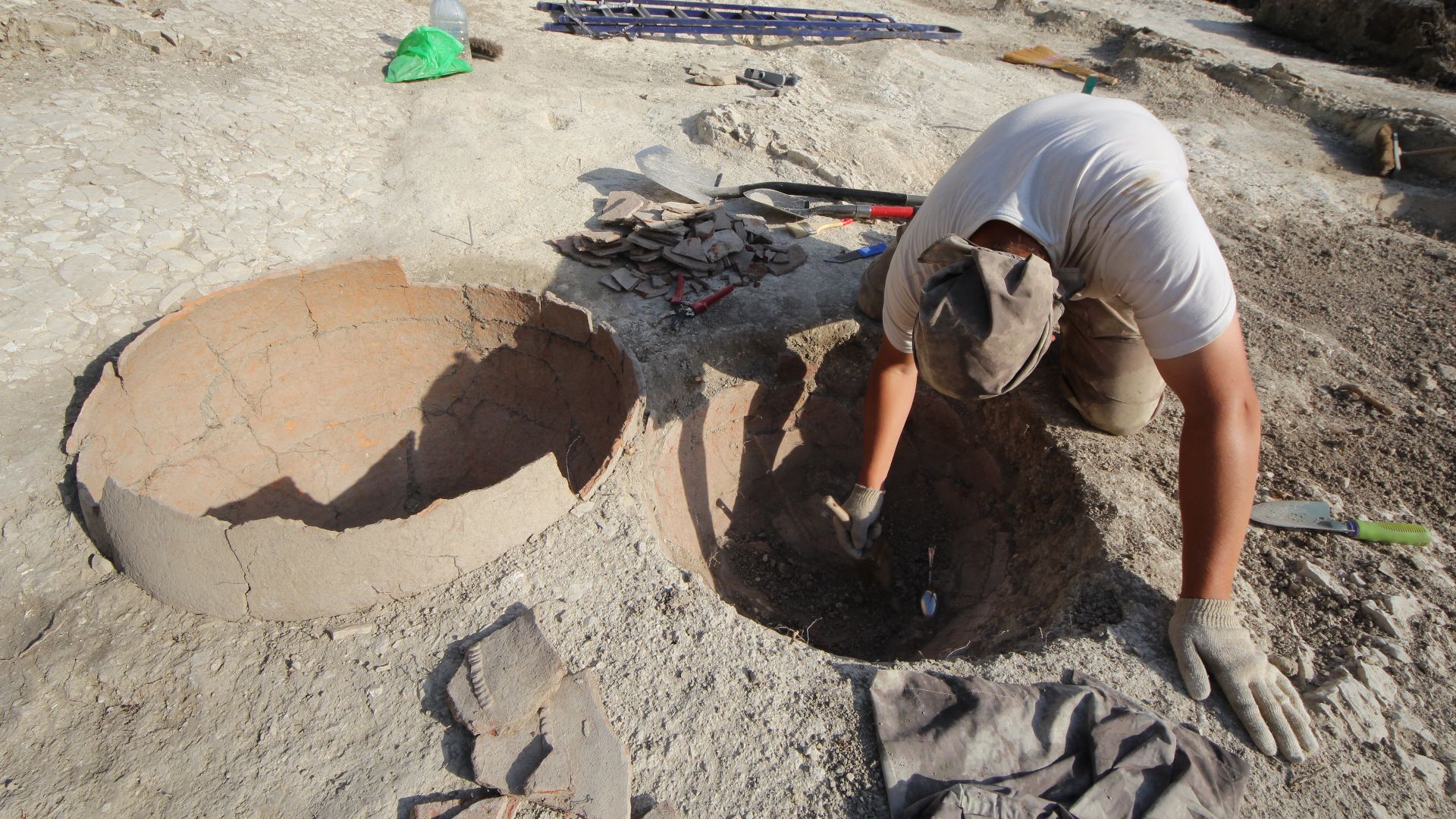 MariyaShubina, Wikimedia Commons
MariyaShubina, Wikimedia Commons
Architecture Of The Samuha Complex
Excavations show a large administrative building equipped with storerooms, thick walls, and multiple chambers. Combined with the tablet finds, the architecture strongly suggests that Samuha had a central role in managing trade and regional communication.
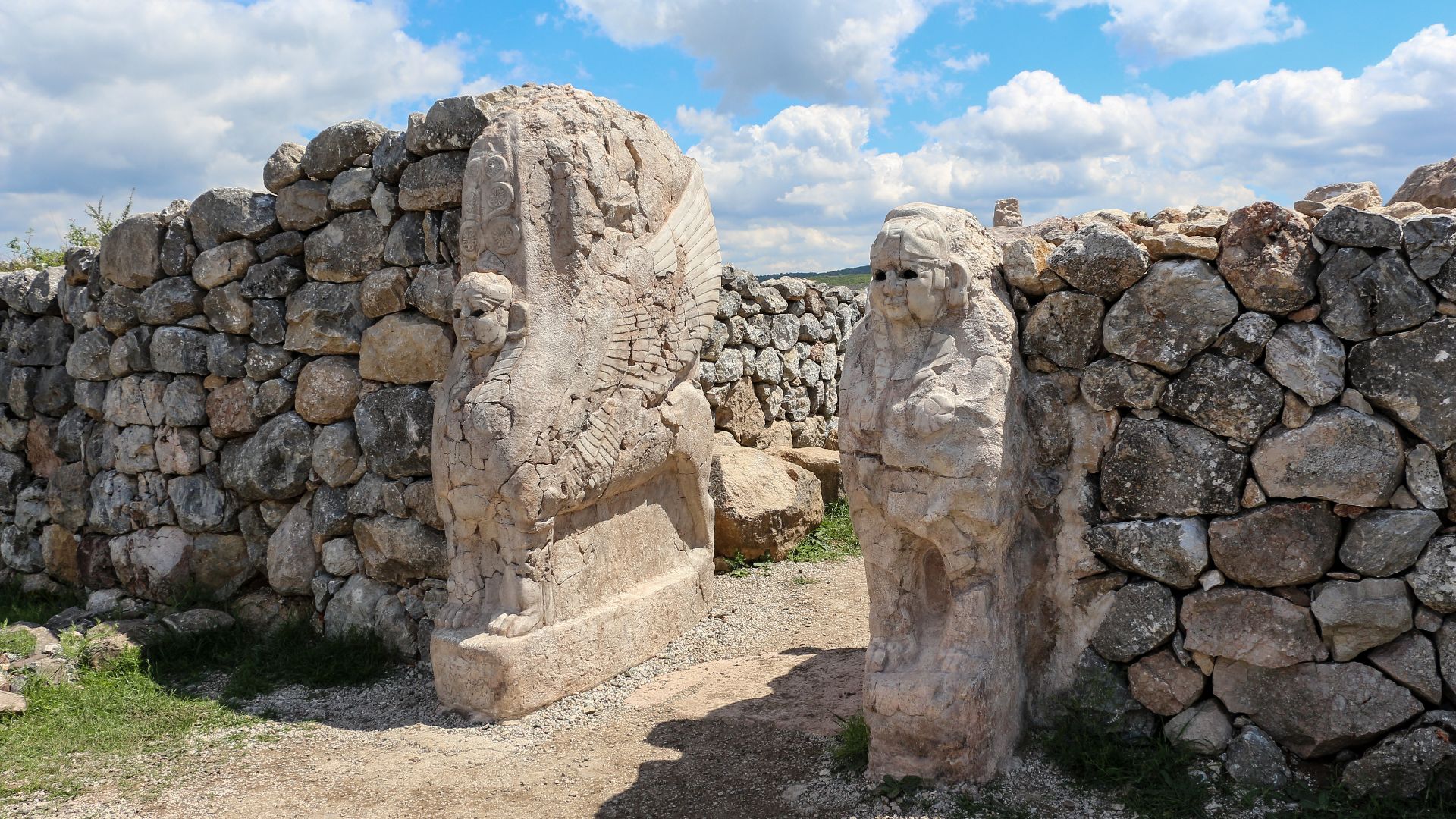 Bernard Gagnon, Wikimedia Commons
Bernard Gagnon, Wikimedia Commons
What The Tablets Show Us About Trade
The early readings point to records documenting the exchange of grain, livestock, textiles, metals, and possibly diplomatic gifts. Samuha’s location made it an ideal place for redistributing goods across the powerful Hittite Empire and its subservient vassal regions.
 Carole Raddato from FRANKFURT, Germany, Wikimedia Commons
Carole Raddato from FRANKFURT, Germany, Wikimedia Commons
Life In Bronze Age Samuha
Samuha likely supported a population of scribes, merchants, religious officials, and administrators. The tablets are a revelation of the daily routines involving taxation, labor organization, and preparations for major state and religious festivals.
 Ingeborg Simon, Wikimedia Commons
Ingeborg Simon, Wikimedia Commons
Comparisons With Other Hittite Archives
The Samuha tablets are an additional supplement of known Hittite archives from Hattusa, Sapinuwa, and Alalah. Together, these collections help us map political geography, scribal training, and regional differences within the Hittite realm.
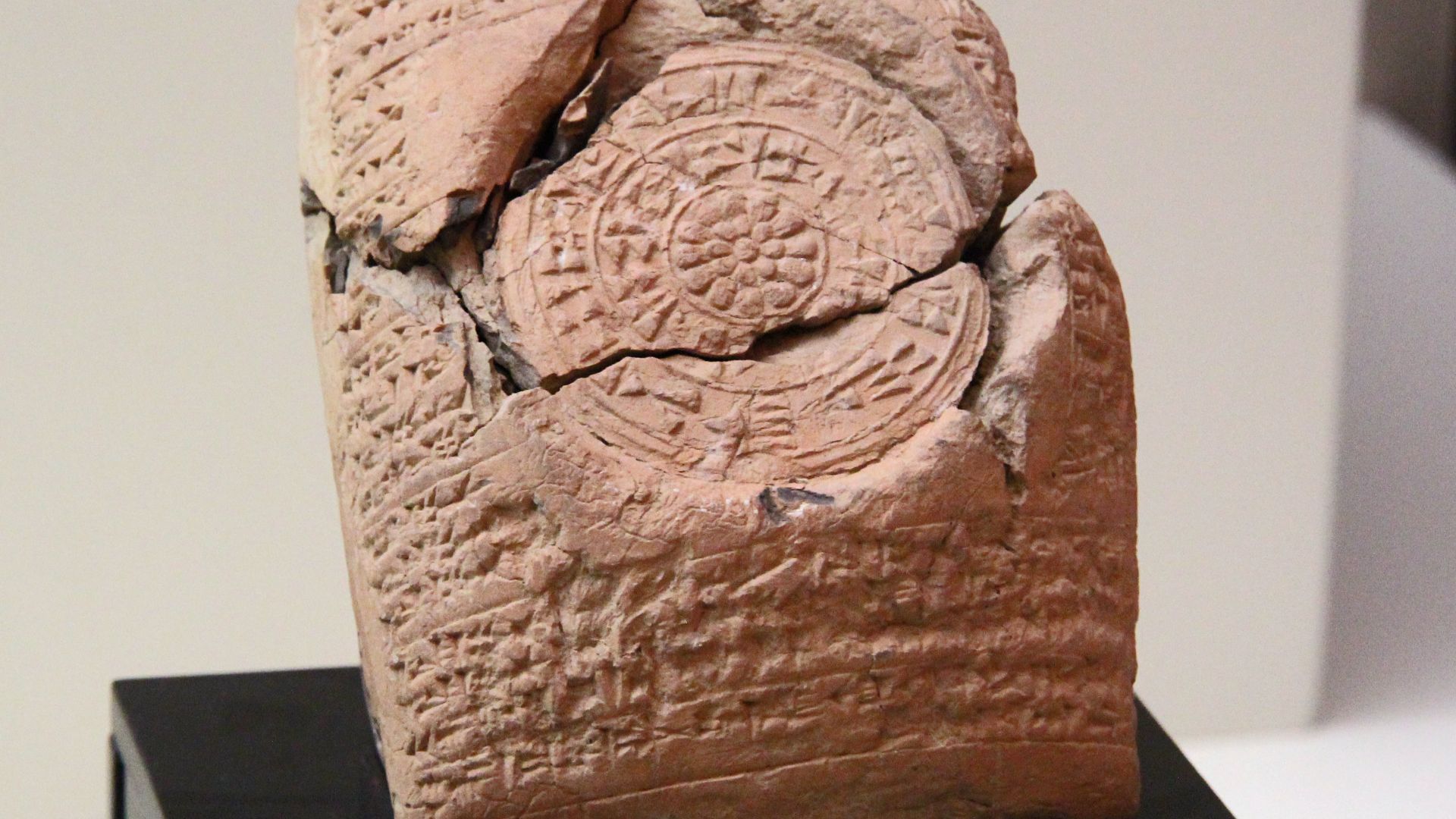 Ingeborg Simon, Wikimedia Commons
Ingeborg Simon, Wikimedia Commons
Preservation And Conservation Of The Tablets
Proper handling of the clay tablets takes precedence over everything else. After they were excavated, the tablets were dried, cleaned off, photographed, and 3D scanned. Conservation ensures that even the faintest inscriptions are still legible for analysis, interpretation, and long‑term preservation.
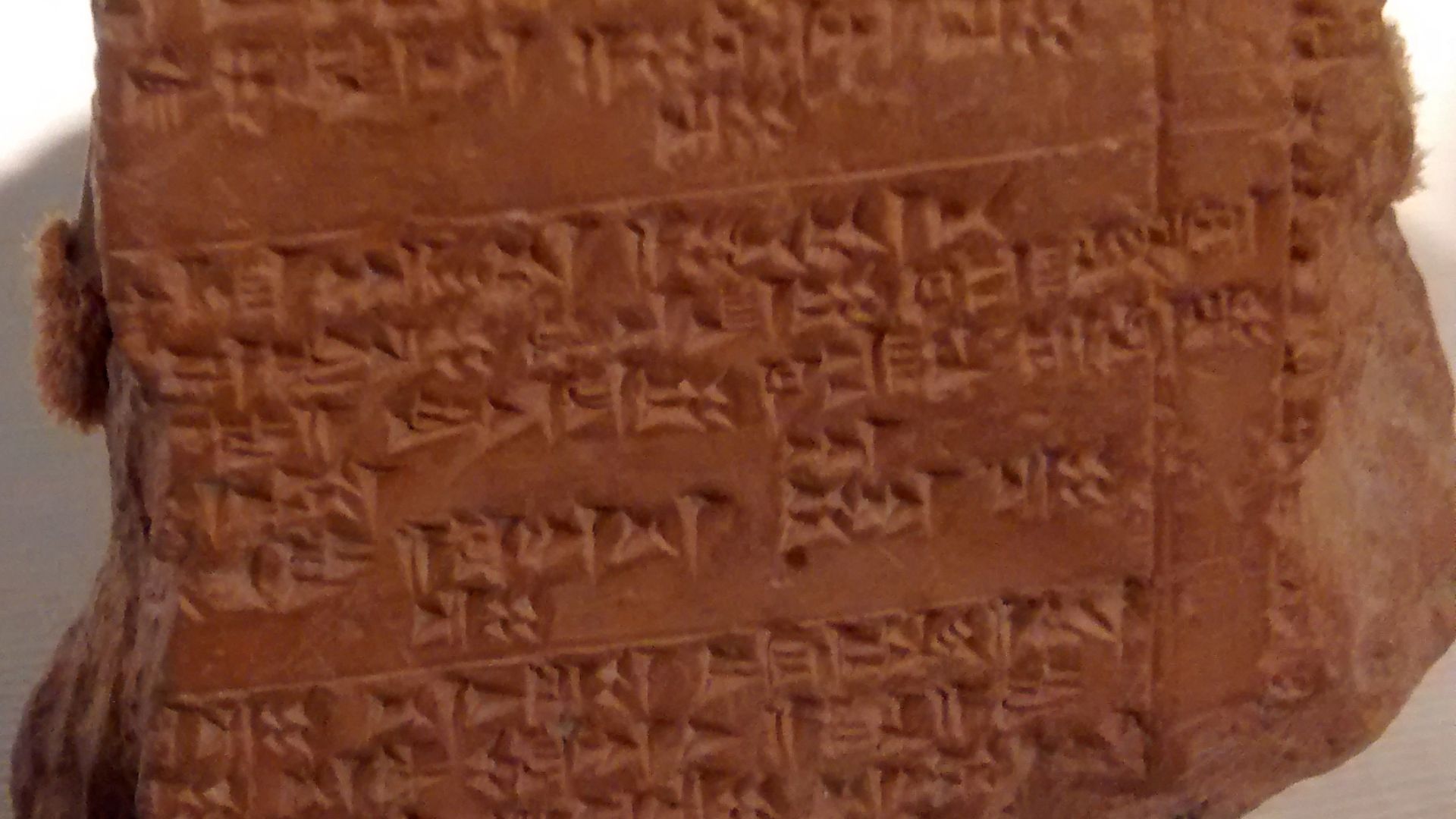 Mx. Granger, Wikimedia Commons
Mx. Granger, Wikimedia Commons
Why This Discovery Matters
Each cuneiform tablet expands knowledge of early government bureaucratic systems, literacy, and governance. Samuha’s archive emboldens the narrative of the Hittite Empire as a highly organized and administratively sophisticated state.
 Osama Shukir Muhammed Amin FRCP(Glasg), Wikimedia Commons
Osama Shukir Muhammed Amin FRCP(Glasg), Wikimedia Commons
The Tablets And Hittite Language Study
The tablets may contain a mix of the Hittite and Akkadian language. This multilingual content offers insight into scribal training, diplomatic communication, and the linguistic cultural exchange across Bronze Age Anatolia.
 Unknown artistUnknown artist, Wikimedia Commons
Unknown artistUnknown artist, Wikimedia Commons
Tourism And Visiting Hittite Sites
Travelers exploring central Turkey can visit Hittite sites such as Hattusa, Yazılıkaya, and Alacahöyük, with Kayalıpınar joining this burgeoning list. Regional museums display tablets, seals, tools, and reliefs along with many other miscellaneous items from the Hittite past.
 Bernard Gagnon, Wikimedia Commons
Bernard Gagnon, Wikimedia Commons
What Comes Next For Excavations
Future field seasons will search for additional rooms or buildings in the complex that may contain more archives. Archaeologists hope to find and dig up larger text groups that could clarify Samuha’s political and economic role within the empire. A who’s who of different Hittite officials would clarify the existing cuneiform records, but the possibility of finding such a miraculous item remains remote.
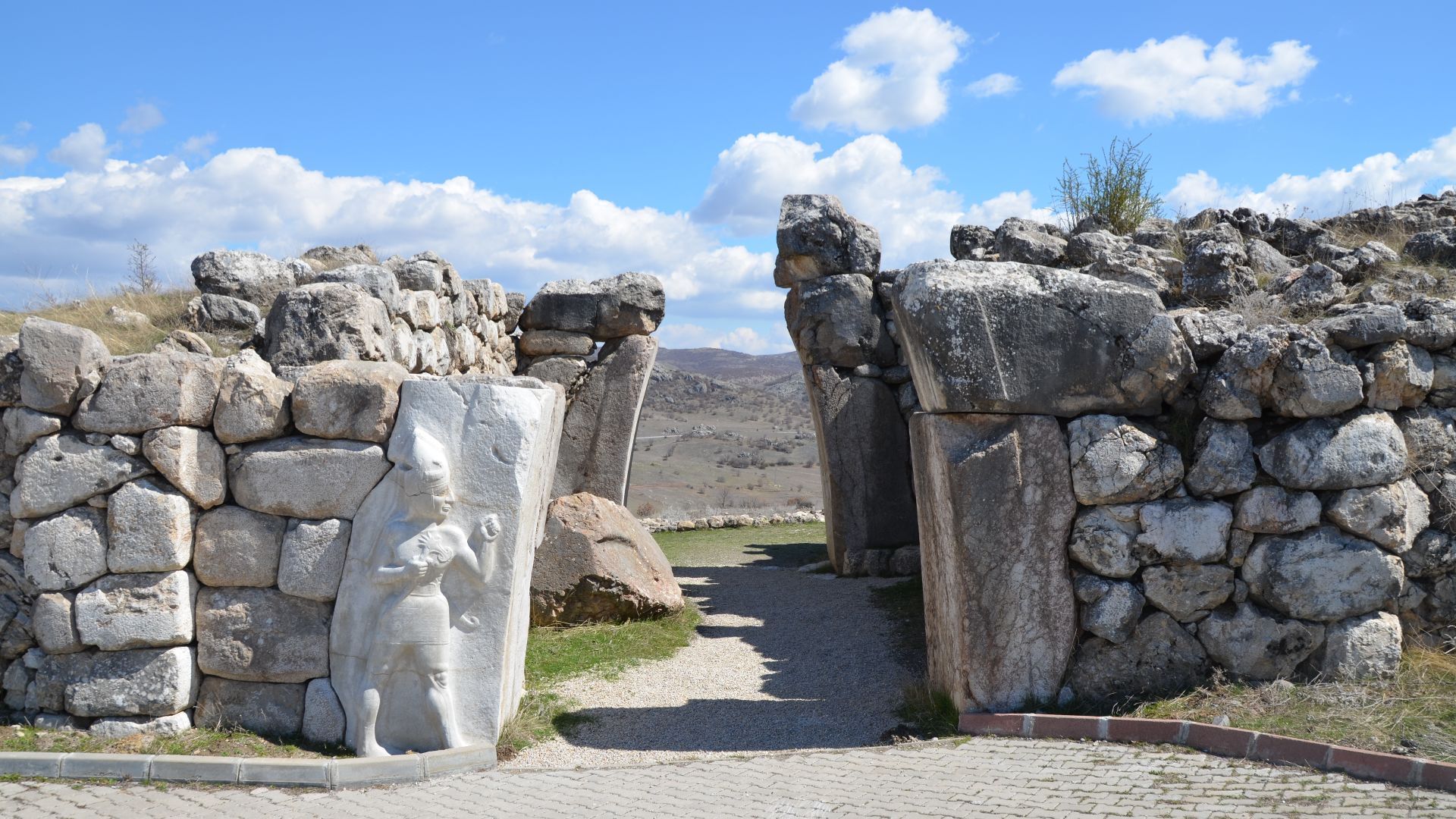 Carole Raddato from Frankfurt, Germany, Wikimedia Commons
Carole Raddato from Frankfurt, Germany, Wikimedia Commons
Deepened Insight Into Bronze Age Trade
The discovery of 56 tablets and 22 seal impressions expands understanding of Samuha’s importance to the Hittite Empire. These finds reveal a complex administrative center that managed the comings and goings of people, goods, and ideas.
You May Also Like:

